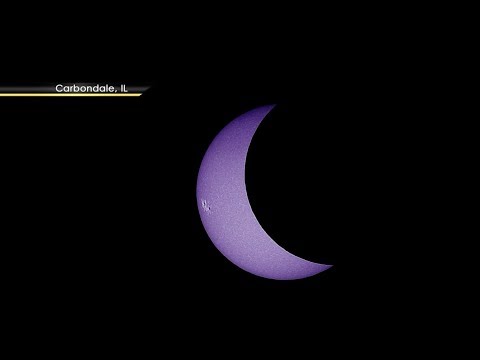How to photograph a lunar eclipse
Discover how to photograph a lunar eclipse in this tutorial video.
During a lunar eclipse, the Moon passes behind Earth’s shadow, which blocks it from sunlight. At the moment of totality, the lunar disk is not completely dark but has a reddish hue, due to sunlight refracted through Earth’s atmosphere.
Credits: ESA, ESA/CESAR (ground-based observations), NASA’s Scientific Visualization Studio (penumbra and umbra sequence), Konstantin Karchev (Moon and Mars time sequence), Manuel Castillo (lunar eclipse: totality view and sequence), Wouter van Reeven (lunar eclipse sequence)
★ Subscribe: http://bit.ly/ESAsubscribe and click twice on the bell button to receive our notifications.
Check out our full video catalog: http://bit.ly/SpaceInVideos
Follow ESA on Twitter: http://bit.ly/ESAonTwitter
On Facebook: http://bit.ly/ESAonFacebook
On Instagram: http://bit.ly/ESAonInstagram
On Flickr: http://bit.ly/ESAonFlickr
ESA is Europe’s gateway to space. Our mission is to shape the development of Europe’s space capability and ensure that investment in space continues to deliver benefits to the citizens of Europe and the world. Check out http://www.esa.int/ESA to get up to speed on everything space related.
Copyright information about our videos is available here: http://www.esa.int/spaceinvideos/Terms_and_Conditions





I may have missed it, but I would add that if your camera is an SLR and has a 'mirror lock up' function, then use that, as well. It will prevent the shake from the camera mirror from slightly blurring the photo. What it does, if you don't know, is to flip the mirror up a second or so before opening the shutter to allow the small amount of shake to dissipate before the camera exposes.
Thanks for sharing